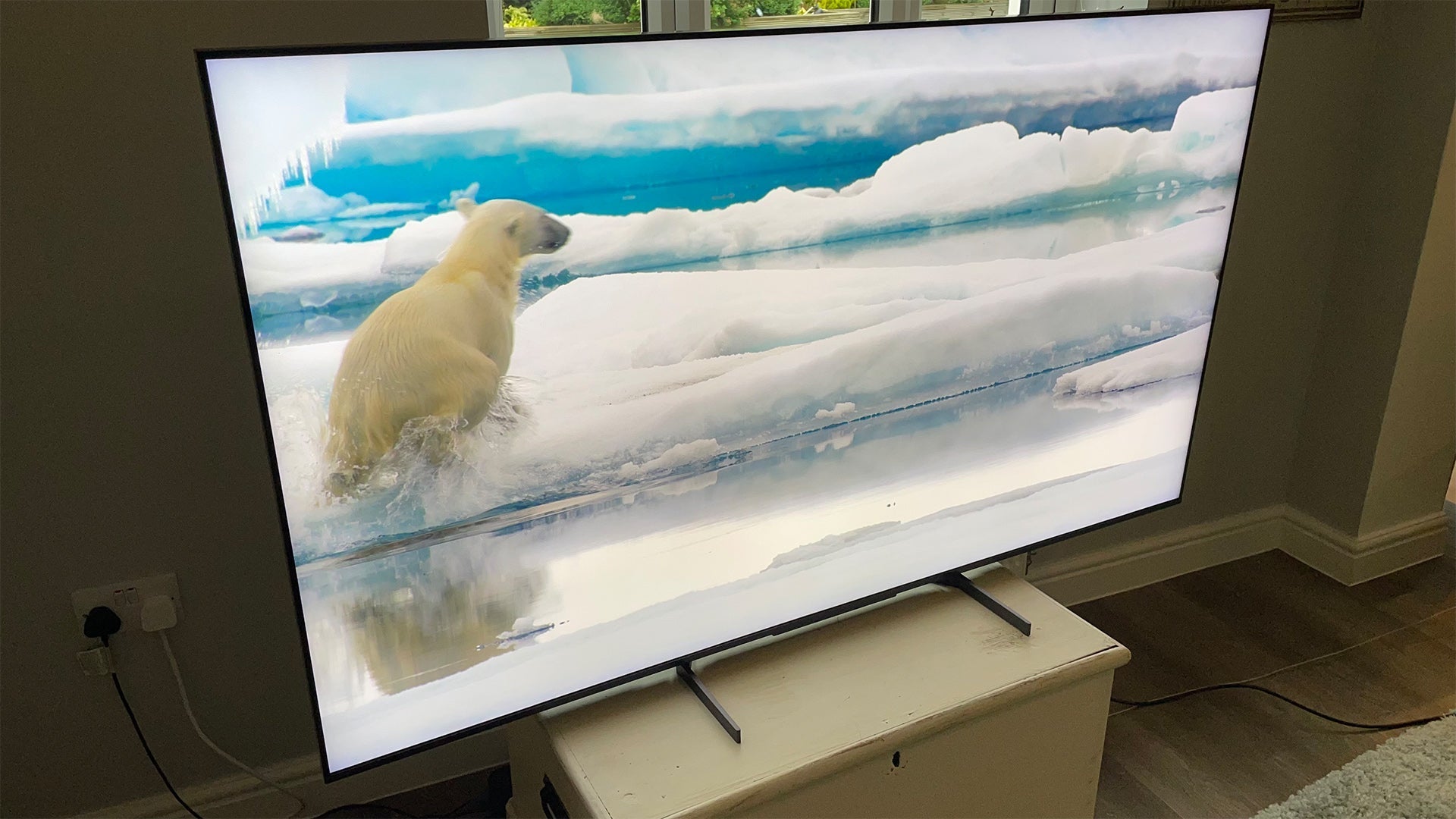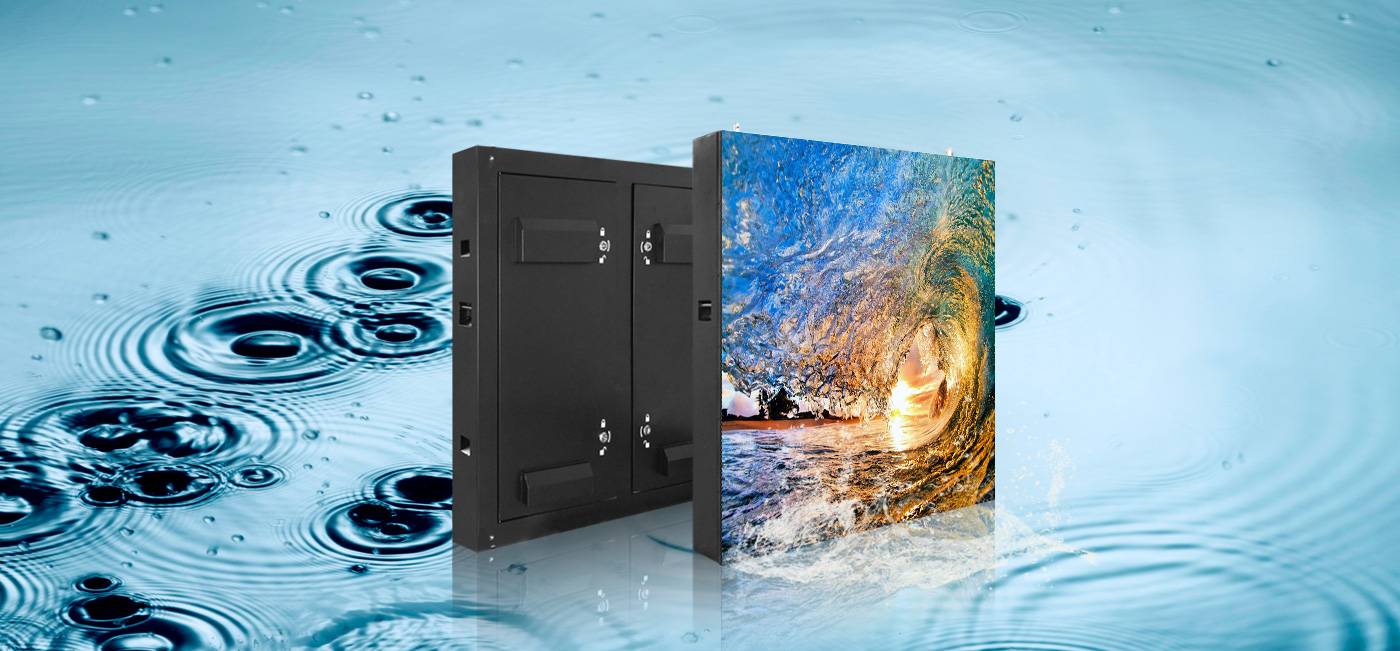The primary difference lies in their applications and manufacturing processes: SMD (Surface-Mount Device) refers to tiny electronic components (e.g., 0402 resistors, 0.4mm×0.2mm) soldered directly onto circuit boards at ~240-260°C for assembly, while IMD (In-Mold Decoration) integrates decorative layers (like textures or logos) into plastic products during molding, bonding designs to substrates at 180-300°C with a typical 0.1-0.3mm film thickness for aesthetics.
Basic Definitions
Common SMD sizes include 0402 (0.4mm × 0.2mm), 0603 (0.6mm × 0.3mm), and 1206 (1.2mm × 0.6mm)—a 0402 resistor is about the size of a grain of sand (0.016 square inches / ~10mm²). Most SMDs are made from materials like ceramic (for stability), copper (for conductivity), or epoxy (for insulation). They’re soldered onto PCBs using reflow ovens set to 240–260°C (464–500°F), a process that takes just 30–60 seconds per batch. Why do manufacturers love them? SMDs save space—a modern smartphone PCB can fit 2–3x more SMDs than a through-hole board—and they’re cheaper to mass-produce (labor costs drop by ~30% because automated pick-and-place machines handle them faster).
Here’s how it works: First, a decorative film (usually 0.1–0.3mm thick, made of PET or PC plastic) is printed with your design (inks, metallic coatings, or textures). Then, this film is placed into a mold, and molten plastic (like ABS or PC, heated to 180–300°C / 356–572°F) is injected around it. Designs that won’t scratch, fade, or peel—even after 10,000+ rub tests (common in automotive or appliance testing).
Key Differences at a Glance
To sum up, SMDs and IMDs serve opposite purposes: one is an electronic component, the other a decoration method. Let’s compare their core specs:
|
Feature |
SMD (Surface-Mount Device) |
IMD (In-Mold Decoration) |
|---|---|---|
|
Primary Function |
Conducts electricity (resistors, chips, etc.) |
Adds visual/textural design (logos, patterns) |
|
Core Material |
Ceramic, copper, epoxy |
PET/PC plastic film |
|
Manufacturing Step |
Soldered onto PCBs (assembly phase) |
Integrated during plastic molding (molding phase) |
|
Typical Size |
0.4mm × 0.2mm (0402) to 10mm × 10mm (large ICs) |
Film thickness: 0.1–0.3mm; panel size: 500mm × 500mm+ |
|
Key Process Temp |
240–260°C (reflow soldering) |
180–300°C (plastic injection molding) |
Common Use Cases
Starting with SMDs: These tiny components are the backbone of modern electronics. Take your smartphone—its main circuit board (PCB) crams in over 2,000 SMDs (resistors, capacitors, ICs) to keep it slim and powerful. For example, Apple’s iPhone 15 Pro uses 0402-sized resistors (0.4mm×0.2mm) for its logic board; at ~$0.002 each, they’re cheap to mass-produce, but the real win is space: a through-hole board for the same specs would be 30% thicker.
A typical car engine control unit (ECU) uses 500–800 SMDs to manage fuel injection, sensors, and infotainment. These SMDs are built to withstand extreme temps (-40°C to 125°C) and vibrations—critical when your car’s bouncing down a potholed road. Industrial robots? Their control panels rely on high-precision SMDs like 0201 components (0.2mm×0.1mm) for accuracy; a single robot arm might have 1,200+ SMDs to ensure millimeter-level precision.
Dell’s XPS 13 uses a 0.2mm PET film with a matte texture, molded into the plastic at 220°C during production. A surface that resists fingerprints 90% better than painted plastic and lasts through 50,000+ wipe tests (lab data).
BMW’s iX dashboard uses IMD for its wood-grain accents: a 0.15mm film with a layered print (metallic ink + clear coat) is injected into the mold with ABS plastic (heated to 200°C). This cuts production time by 25% vs. traditional painting (no need for separate coating lines) and reduces material waste by 15% (since the film bonds directly to the plastic).
Microsoft’s Xbox Series X uses IMD with a 0.25mm TPU film (thermoplastic polyurethane) for grip—tested to last 100,000+ friction cycles (equivalent to 5 years of daily use). Even small items like toothbrush holders: Oral-B’s electric toothbrush bases use IMD for color-coded buttons, with a 0.1mm film that costs 0.12 for two-tone molding).
How They’re Made
Starting with SMDs: For a standard 0402 resistor (0.4mm×0.2mm), the process starts with a ceramic substrate: it’s baked in a kiln at 900°C for 2 hours to stabilize its structure, then coated with a thin copper layer (~0.01mm thick) via electroplating. Next, a photoresist mask is applied to etch the copper into precise traces—this step has a 99.2% yield rate (meaning only 0.8% of substrates get scrapped here). After that, the resistor’s active element (a metal oxide paste) is screen-printed onto the ceramic, dried at 150°C for 30 minutes, and fired again at 850°C for 1 hour to bond it permanently. Finally, metal leads (if any) are attached using a solder dip at 230°C for 5 seconds.
This happens in a reflow oven, where the PCB loaded with SMDs (placed by a pick-and-place machine) moves through zones heated to 150–260°C. The entire process takes 45–90 seconds, with peak temp hitting 245°C to melt solder paste (a tin-silver-copper alloy). Pick-and-place machines are lightning-fast: high-end models like the Siemens SX4 place 12,000 components per hour (that’s 3 components every millisecond!) with an accuracy of ±25μm (about the width of a human hair). After soldering, SMDs undergo automated optical inspection (AOI)—cameras scan each component at 100 frames per second, checking for misalignment (tolerance: ±50μm) or solder bridges. Defect rates here are typically 1–3%, mostly from tiny solder paste errors.
It starts with the decorative film: a 0.1–0.3mm-thick sheet of PET (polyethylene terephthalate) or PC (polycarbonate) is printed with designs using 4–8 color screens. Ink layers are super thin—10–15μm per color (about the thickness of a Post-it note’s glue). To make the design durable, a clear protective coat (20–30μm thick) is applied, then cured under UV light at 120°C for 2 minutes (this step hardens the ink, making it scratch-resistant).
Before molding, the film is preheated to 80–100°C for 30 seconds to soften it—this helps it conform to the mold without wrinkles. The actual molding happens in an injection molding machine: molten plastic (ABS or PC, heated to 180–300°C) is injected into a mold at a pressure of 80–120 MPa (roughly 11,600–17,400 psi) for 15–30 seconds. The mold cools quickly (water circulates through channels) to solidify the part, taking another 20–40 seconds. This cycle time—35–70 seconds total per part—is key for mass production: a typical IMD machine can churn out 200–400 parts per hour.
Post-molding, IMD parts get a trim: robots use laser cutters or mechanical trimmers to remove excess film (±0.2mm tolerance) in 5–10 seconds per part. Quality checks focus on adhesion (tape tests: 99% of the film must stick after 10 peel cycles) and durability (rub tests: 10,000+ cycles with 5N force—about the weight of a small apple—no cracking).
Here’s the big contrast: SMD manufacturing is all about micro-precision (microns matter for component alignment), while IMD is about macro-integration (merging a thin film with molten plastic without bubbles or warping). A single SMD might cost 0.10 to make (depending on size/complexity), while an IMD part runs 5.00 (driven by the film and molding steps).
Final Product Effects
Take smartphones first: A flagship model like the Samsung Galaxy S24 crams ~3,500 SMDs onto its 6.8-inch PCB—including 0201 resistors (0.2mm×0.1mm) and 100-pin ICs. Without SMDs, using through-hole components would make the PCB 40% larger (think “brick phone” size) and add 20 to production costs (labor for hand-soldering tiny through-hole parts adds up fast). But SMDs aren’t perfect: their tiny size means they’re more prone to micro-crack failures (0.5–1% defect rate post-soldering) if exposed to extreme vibration—why your phone might act up after a 10-foot drop (but rarely from normal use).
Now cars: IMD is why your dashboard doesn’t look like a 1990s plastic nightmare. BMW’s i3 interior uses IMD for its center console: a 0.2mm PET film with a wood-grain texture, molded at 210°C. This cuts production time by 30% vs. traditional painting (no need for primer, paint, or clear coats) and reduces material waste by 20% (the film bonds directly to the ABS plastic, so no overspray). But IMD has limits: the film’s thickness (0.1–0.3mm) means deep textures (like sharp grooves) can cause delamination risks (0.3–0.8% failure rate in crash tests if not molded correctly).
Appliances love IMD for durability: The 0.15mm film, tested for 50,000+ wipe cycles (equivalent to 10 years of daily use), resists stains 95% better than painted plastic. Meanwhile, the washer’s motor control board? Packed with 200+ SMDs (capacitors, voltage regulators) that keep it running efficiently—SMDs’ low profile lets engineers shrink the board by 25%, saving space for larger detergent drawers.
Industrial gear relies on SMDs for performance: A Siemens PLC (programmable logic controller) uses 1,200+ high-precision SMDs (0402 resistors with 1% tolerance) to control factory machinery. These SMDs have a 99.5% reliability rate over 100,000 hours (11.4 years) of operation—critical when a factory line shutting down costs 0.005–$0.02 per component to production costs (vs. through-hole parts made in standard facilities).
Here’s the bottom line: SMDs make products smaller, cheaper, and more powerful—but cost more to manufacture precisely. IMD makes products prettier, more durable, and easier to mass-produce—but struggles with complex textures.
To visualize, let’s compare their impact across key product metrics:
|
Metric |
SMD Impact (Example: Smartphone PCB) |
IMD Impact (Example: Car Dashboard) |
|---|---|---|
|
Size Reduction |
30% smaller than through-hole boards |
No size change (integrates with molding) |
|
Production Cost |
Saves 20 per unit (mass production) |
Saves 10 per unit (fewer steps) |
|
Durability |
0.5–1% micro-crack failure rate (vibration) |
0.3–0.8% delamination risk (deep textures) |
|
Lifespan |
100,000+ hours (reliable in clean environments) |
10+ years (resists daily wear) |
|
Aesthetic Control |
None (functional only) |
High (textures, colors, metallic finishes) |
Read more

A COG LCD (Chip-On-Glass Liquid Crystal Display) mounts driver chips directly onto the glass panel, minimizing bulk; typical sizes range from 0.96-2.8 inches with resolutions like 128x64 or 240x320...

Micro OLED excels with 4K+ resolution in compact sizes (e.g., 0.4 inches), delivering 5000 PPI for razor-sharp visuals—far clearer than traditional displays—while its 10ms response time reduces blu...




Leave a comment
This site is protected by hCaptcha and the hCaptcha Privacy Policy and Terms of Service apply.